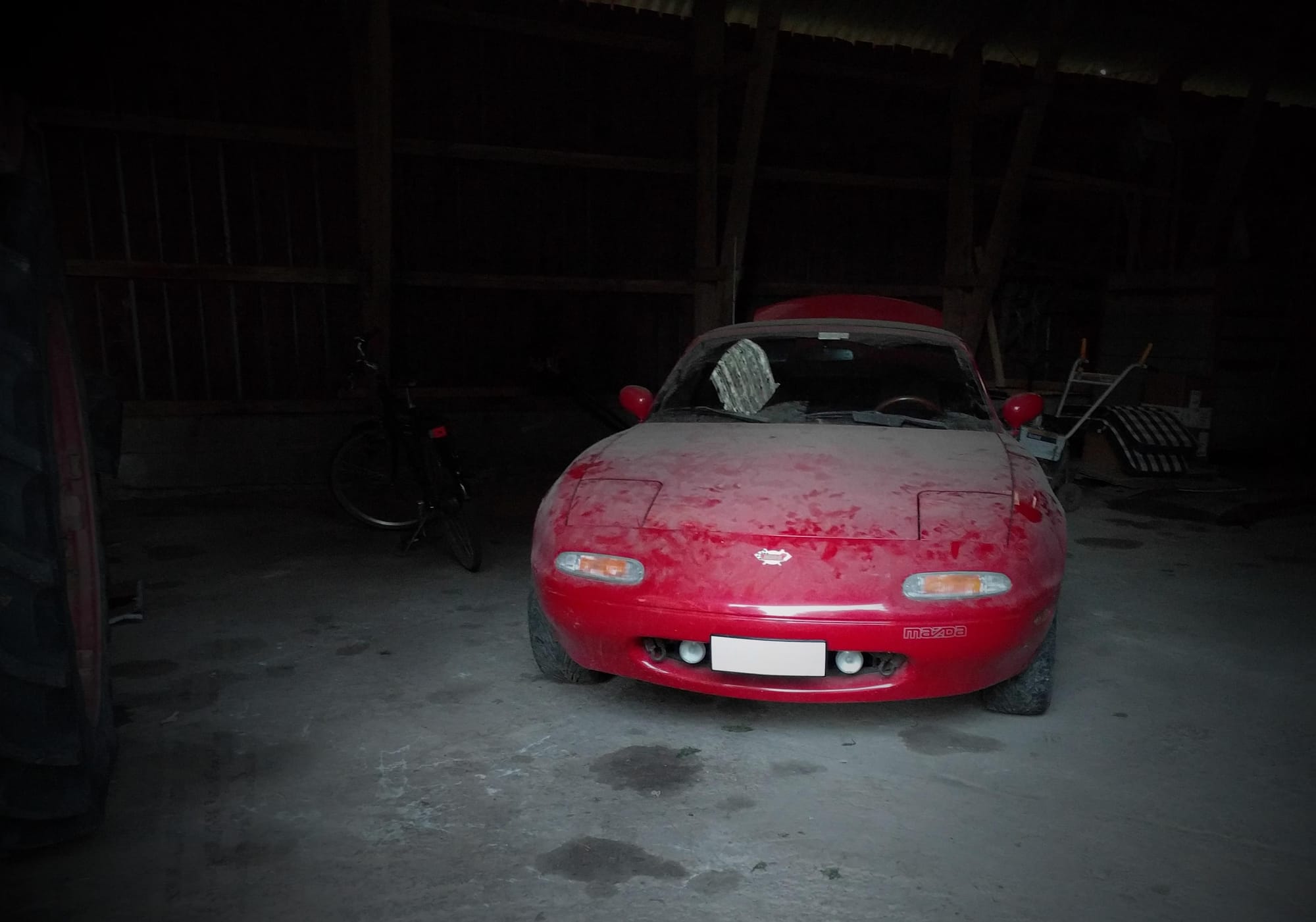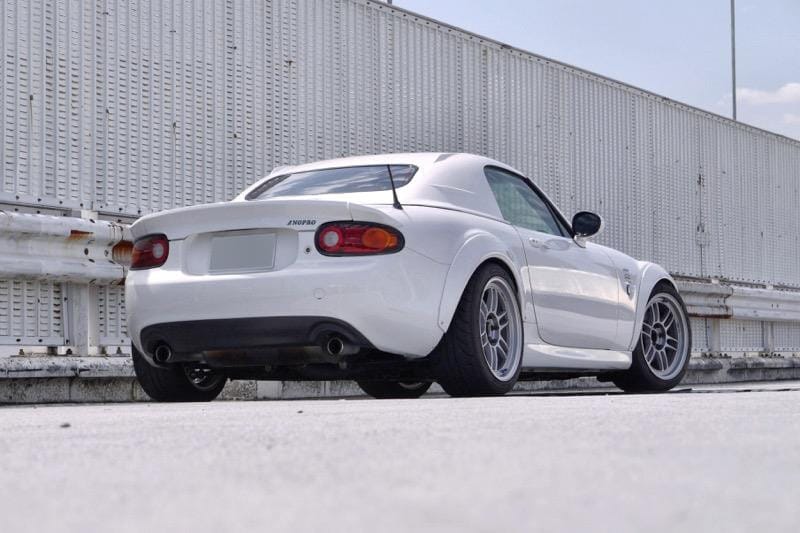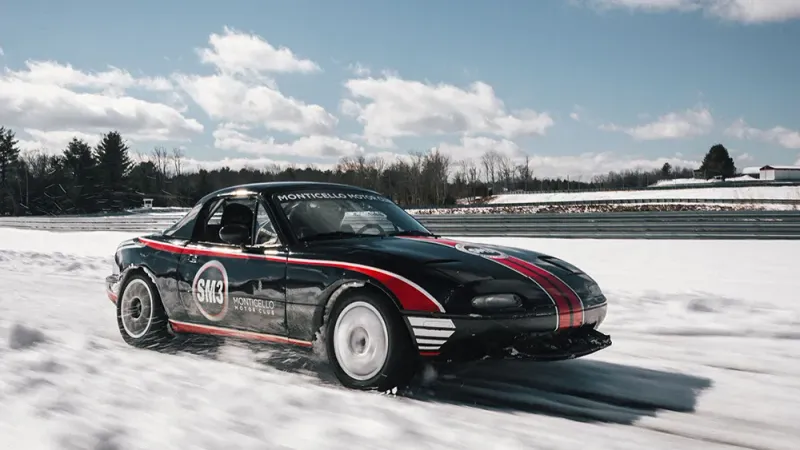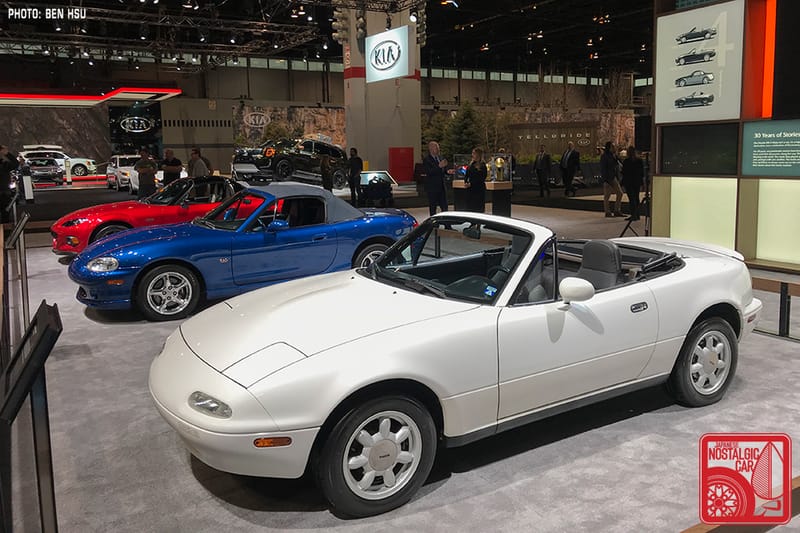Seasonal Price Trends: When to Buy Your Next Miata
Miata prices follow seasonal patterns. In spring and summer, demand for convertibles spikes—so do asking prices. Come winter, many owners store their cars, and listings soften as sellers get more flexible. If you’re hunting for the best deal, patience and timing can save you thousands.

Stalking Miata listings with ten tabs open? Pause. Prices don’t float randomly, they follow a rhythm. Sunshine brings out soft tops and firm asks, winter packs them away and loosens numbers.
TL;DR (the quick answer)
Best buying window (most deals): Late November through January. Multiple studies find the highest concentration of below-market used-car deals around the holidays into early January, and Miatas follow that tide.

Tightest pricing (least leverage): April through August. Warm weather and tax-refund cash lift demand for fun cars, which firms up asking prices and shortens time-to-sale.
2025 backdrop: Wholesale prices eased in mid-2025, the Manheim Index slipped to 207.4 in July (-0.5% month over month, seasonally adjusted) with a mid-August read of 206.5, so retail asks are drifting rather than spiking. That favors patient buyers who wait for the winter window.
Why Miata prices swing seasonally
Weather and behavior. Convertibles get more attention in spring and summer and fewer casual looks once temps drop. That shows up as faster sales and fewer price cuts in warm months, then more negotiating room in late fall and winter. The inverse of “convertible season” is your friend when buying.
Tax-refund season (Feb–Apr). Refund checks reliably goose used-car demand. Expect cleaner cars to sell closer to ask in this period.

Year-end inventory churn. November and December stack several buyer advantages: sales targets, model-year changeovers, and fewer casual shoppers. Those months routinely deliver the highest “deal density.”
Macro tide (wholesale → retail). Retail follows wholesale with a lag. With wholesale values cooling in July and again mid-August, seller confidence softens and asking prices become more negotiable, especially on non-collector, driver-grade Miatas.
Miata-specific signals to watch
Live price curve. Use the CarGurus MX-5 Miata Price Index to sanity-check any ask against the current 12-month curve, then compare to real listings for your year and trim.

Collector vs. commuter split. The collector market in 2025 is basically flat. Pristine, low-mile NA/NB outliers stay firm; normal driver-grade Miatas behave like used cars and remain seasonal.
Auctions set the temperature. Exceptional low-mile cars can buck seasonality with eye-watering results, but those are outliers. Use auction comps to price rare specs; don’t assume the average street car moved.

Month-by-month Trend (U.S. market)
January. Post-holiday lull, winter weather, and “clean the books” behavior make sellers more flexible. Great month for NA/NB drivers and mid-spec NCs.
February–March. Refund checks land; demand pops. You can still buy well with prep, but expect smaller discounts on clean NBs and NDs.
April–June. Peak convertible season. Desirable colors and packages (R-Packages, Mazdaspeed Miata, Club with Brembo/BBS/Recaro) move fast and discount less. Only stretch for “the one.”
July–August. Demand stays strong. Even though wholesale cooled in July 2025, retail lags, so sellers remain confident. Hunt overlooked listings, longer days-on-market, or cars needing light sorting.
September–October. Softening as temps cool and summer shoppers fade. Start making real offers, especially on soft-top NDs as some owners pivot toward hardtops and SUVs.
November–December. Prime time. Highest deal density tends to show up here; stack colder weather, fewer tire-kickers, and year-end quotas for maximum leverage.
Getting into it more…
Cold-weather states. Private sellers who don’t want to store a convertible are most negotiable in late fall and early winter. That’s your opening.
Warm-weather states. Seasonality is muted. Your best shot still runs September–January, but expect smaller winter discounts; be flexible on color and options to win.
Dealers vs. private sellers. Dealers hedge seasonality with floorplans and pricing software, so the biggest winter wins often come from private sellers. If you’re buying at a store, stack timing advantages, end of month, quarter, and year.
Auctions. Special-spec cars set comps any month. Use recent results for your exact generation, trim, and mileage; adjust for fees and condition.
2025 market snapshot you can quote
- Manheim wholesale: 207.4 in July 2025 (-0.5% m/m, seasonally adjusted); mid-August read 206.5. Direction: drifting, not spiking.
- Collector market: Broad market indexes barely moved through mid-2025; overall tone is flat to cooling, which tempers speculative asks on pristine NA/NB cars.
- Miata list prices: Check the CarGurus MX-5 Miata Price Index before you negotiate to see the current trend line.
How to price-check any Miata (practical workflow)
- Pull the live curve. Open the CarGurus MX-5 Miata Price Index, then scan current listings filtered to your target year and trim to see the real ask band.
- Check the wholesale tide. Look at the latest Manheim update, if wholesale is down month over month, you’ve got added negotiation ammo.
- If it’s collectible-leaning. Use Hagerty-style values and market reads so you don’t pay #1-condition money for a #3 driver.
- Auction comps. Search recent results for your exact spec and mileage; treat ultra-low-mile outliers as outliers.
- Time your offer. If you’re not chasing a unicorn, target late November–January and, within that, the last few days of a month or quarter.
Generation-by-generation timing notes
NA (1990–1997). True collector-grade examples (low miles, documented) are the least seasonal, sellers hold firm year-round. Driver-grade NAs still soften in winter like any used convertible.
NB (1999–2005). Clean Sport/LS and Mazdaspeed Miata see clear summer heat. If you don’t need one tomorrow, work November–January to land the nicest spec within budget.
NC (2006–2015). Broad supply and values that eased from early-2023 highs make NC a value buy. Winter 2025 should be especially friendly to well-kept Touring and Grand Touring trims.
ND (2016–present). New-model-year announcements and year-end dealer pushes matter more than the weather. Watch for movement after the model-year changeover and into December.




